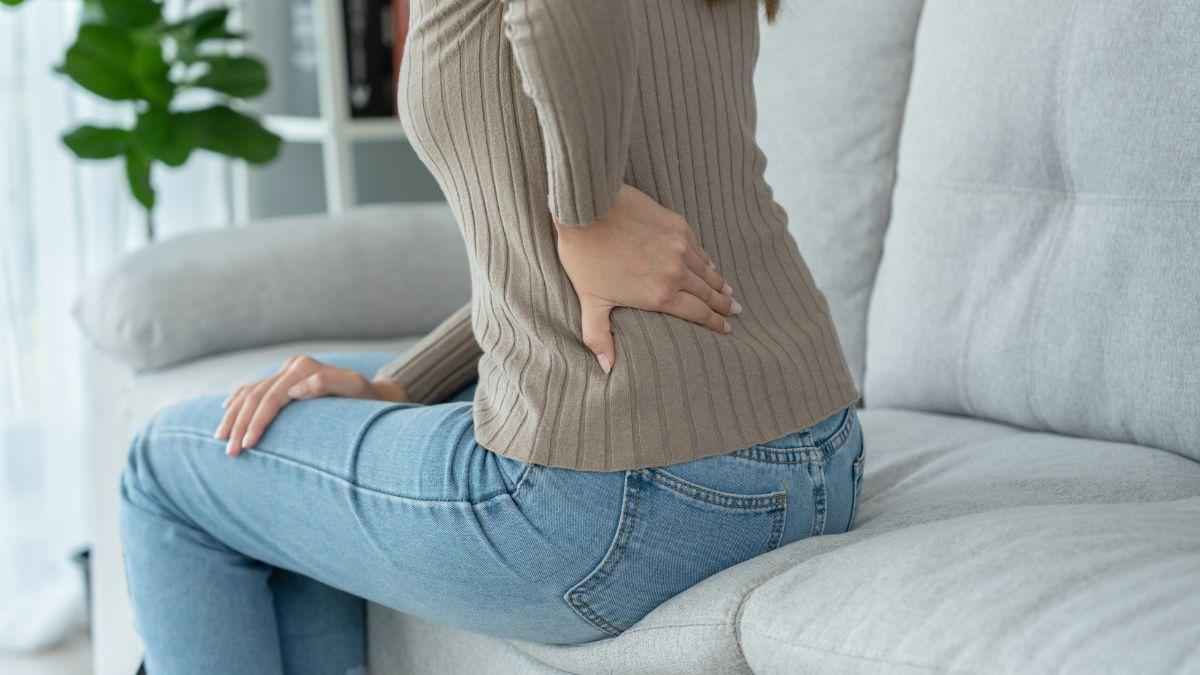
Lower back pain is a common complaint among females, with studies showing that they are more likely to experience it compared to males. This can be attributed to various factors such as hormonal differences, pregnancy, and lifestyle choices. The impact of lower back pain on daily activities cannot be understated, making it crucial for women to understand the diverse causes and potential solutions.
In this blog post, we will delve into the different causes of lower back pain in females and also explore the decompression machine for back pain, which helps in providing relief.
Understanding Common Causes of Lower Back Pain in Females
Hormonal Influences
Hormones play a vital role in the female body, and fluctuations during the menstrual cycle can contribute to back pain. Estrogen levels, in particular, have been linked to changes in nerve sensitivity, leading to increased discomfort and pain. This is why many women report feeling more back pain during their period.
Muscle Strain and Overuse
Muscle strain and overuse are common culprits of lower back pain in females. This can be caused by a wide range of factors, such as heavy lifting, sudden movements, and daily posture habits. These activities can put immense pressure on the muscles in the lower back, leading to strain and pain.
For further insights on identifying muscular back pain, you may check out this blog post.
Pregnancy
Pregnancy also significantly impacts the lower back of females. As the baby grows and puts pressure on the spine, it can cause discomfort and strain on the muscles. Hormonal changes during pregnancy can loosen ligaments and joints, further contributing to back pain. Postpartum recovery and caring for an infant can also strain the lower back muscles, leading to ongoing discomfort.
Lifestyle Factors That Can Contribute to Lower Back Pain
Sedentary Habits
In today's digital age, many individuals spend most of their day sitting at a desk or in front of a computer. This sedentary lifestyle may lead to weakened muscles and poor posture, which can cause or exacerbate lower back pain. It is crucial for women to incorporate regular physical activity into their daily routine to maintain strong muscles that support the spine. Additionally, taking breaks to stretch and move throughout the day can help prevent back pain caused by prolonged sitting.
Fashion Choices
While high heels may be fashionable, they may also impact posture and contribute to lower back pain. Wearing unsupportive footwear can also lead to misalignment of the spine, causing discomfort and strain on muscles. It is important for women to choose supportive shoes that promote good posture and avoid wearing high heels for extended periods.
Stress Levels
Stress has been linked to various physical manifestations, including back pain. When individuals experience stress, their bodies release hormones that cause muscles to tense up and contract. This tension in the muscles can result in discomfort or pain in the lower back. It is essential for women to find healthy ways to manage and reduce stress levels through exercise, meditation, or therapy.
Treating Lower Back Pain
Nutritional Support
Maintaining a healthy diet is necessary for overall wellness, including bone and muscle strength. Adequate intake of calcium, vitamin D, and other essential nutrients can help prevent conditions like osteoporosis that contribute to lower back pain.
Seeking Medical Help
Persistent or severe lower back pain should not be ignored, as it could indicate underlying medical conditions that require professional attention. Additionally, if back pain is accompanied by other symptoms such as fever, swelling, or difficulty with bladder or bowel movements, seeking medical help is crucial.
Non-Invasive Options: Spinal Decompression
Spinal decompression is a non-invasive treatment option that uses a machine to gently stretch the spine and relieve pressure on compressed nerves. This treatment can provide relief for various back pain conditions, including sciatica, disc degeneration, and herniated discs. The decompression machine for back pain works by creating negative pressure within the spine, allowing damaged discs to receive essential nutrients.
To Conclude
Lower back pain in females is a multifaceted issue influenced by a variety of factors, from lifestyle and hormonal changes to specific medical conditions. Recognizing the different underlying causes is pivotal in crafting an effective treatment approach tailored to individual needs. Consult a healthcare professional for proper diagnosis and management of lower back pain, and consider incorporating spinal decompression into your treatment plan for lasting relief. Remember, taking care of your overall health and wellness is crucial in preventing and managing lower back pain effectively. Keep moving, stay active, and take care of your spine!
